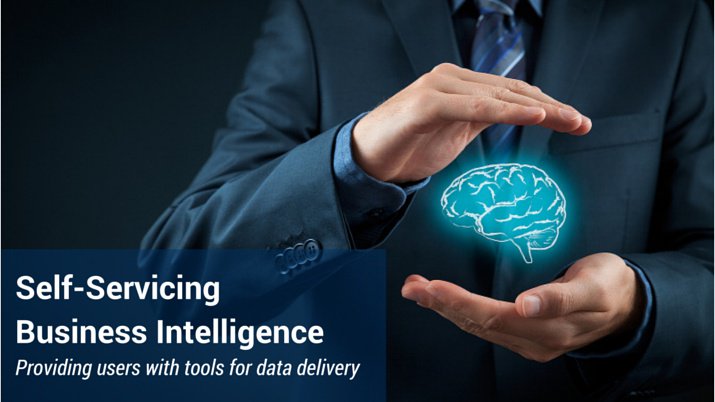Self-Servicing Business Intelligence

Last Updated March 7, 2024
Self-servicing business intelligence (SSBI) is a method of providing users with the tools they need to query complex databases, find targeted and detailed information and create reports without involving a third party to provide technical support. SSBI lets non-technical users interact with data in a way that insulates or removes the technical details and allows them to concentrate on business concerns. Its interface is intuitive and typically can be understood with little or no training.
People who design the SSBI interface should work closely with end-users to make sure they deliver data that meets the expectation of the business. The design process should include an iterative approach, releasing the software to a select group for feedback, making small changes based upon the lessons learned with the current release and then re-releasing it. Giving users the ability to append, modify, or delete data should be determined at the design stage.
Governance
Governance of data is often essential if only to keep people from accidentally modifying a vital business resource. Governance can be built into the interface of an SSBI system or be totally dependent on users. Systems designed for maximum depth and flexibility can put the data at risk. SSBI may include access to proprietary material, so it is incumbent upon management to make users aware of sensitive data. All users must accept personal accountability for the data they access and what they do with it.
Since SSBI allows data mining by non-technical individuals, there is ample room for misinterpretation. Governance includes defining common terms within the context of the corporate information culture. Two people may come up with very different conclusions after examining the same data set. Users should understand a data factors such as: how it is collected and stored, and how it can change, in order to prevent them from make erroneous conclusions.
SSBI Tools
While SSBI tools promise to remove the IT bottleneck for management’s access to business data, these tools are designed by database and IT professionals. SSBI can be designed without resorting to new technologies. Since structured query language (SQL) and multidimensional expressions (MDX) are standard in most industries, they should be used in SSBI applications as well. SSBI tools should be tailored to match requirements.
The ideal tool should be self-contained, intuitive and accessible by all members of the team who need it, and it should provide all of the features needed to access data stored in the business environment. SSBI tools may allow for data virtualization and should, at a minimum, allow deep drilling so that details may be dredged with minimal effort.
The Certificate in Business Intelligence
Villanova University offers a variety of programs for researchers, business analysts, team managers, IT professionals and software developers who want to better understand SSBI. The Certificate in Business Intelligence is 100% online and upon completion, professionals can be recognized as a Certified Professional in Business Intelligence (CPBI).
The program includes three courses: Essentials of Business Intelligence, Mastering Data Management and Technology and Advanced Data Architecture and Intelligence. The Certificate in Business Intelligence can help professionals incorporate business intelligence to limit risks, support long-term goals and capitalize on opportunities that may go unnoticed without effective business intelligence analysis.





